Centenary of the Birth of Josef Kaminski
Biography
Chapter A :1903-1937 In the Diaspora
Josef Kaminski was born in 17.11.1903 and soon afterwards moved with his family to Warsaw. His musical talent was apparent from childhood.
In 1909, when he was six years old, he began to play the violin.
In 1917, at the age of 14, the child prodigy performed as a soloist with the Warsaw Philharmonic Orchestra. His rendition of Max Bruchs (Brook) Scottish Fantasy won him critical acclaim as yet another Jewish Wunderkind (prodigy). During this period he became interested in the piano, began studying the piano as a composition tool, and started to compose music.
In 1922 he moved to Berlin in order to study violin and composition at the Hochschule fur Music (which was considered the finest music academy in Europe).
He befriended the renowned conductor and composer Paul Kletzky, and together they would visit the home of Zimerik, the owner of the international music score publishing house. His home had previously been frequented by Brahms, Schumann and more. He dedicated his composition Israel Sketches to Pul Kletzky and to the Israel Philharmonic Orchestra, a piece that will be performed by the Israel Philharmonic Orchestra during its 2004 season.(16/11/03 & 04/04) This piece was published by the renowned British publishing house Boosey & Hawkes, and may well be the only Israeli piece published by these publishers at the time.
In 1924 he traveled to Vienna to study with Prof. Hans Gall (Gall notes in his biography that Josef Kaminski was his most brilliant student) and with A. Rozea, who were considered that the very best in their fields. With these teachers, he studied both conducting and composition.
Kaminski returned to Berlin and began to perform as a concert soloist. He was widely acclaimed by the German press.
In 1926, after the death of his mother, Esther Rachel Kaminska, who was dubbed the Mother of Yiddish Theatre, Kaminski returned to Warsaw and was appointed as the conductor of the Jewish Theatre Orchestra, under the administration of his sister, Ida Kaminski. During this period, as his acclaim as a gifted composer grew, he wrote primarily theatrical music for the Jewish Theatre and the Vilna Company, for shows such as Night in the Old Market by I. L. Peretz, and composed songs based on German lyrics.
He founded the Warsaw Quartet (which he managed and lead), a quartet that successfully held numerous performances.
In 1931, Kaminski married Miriam, who was a young opera singer. She stopped performing when they immigrated to Israel.
In 1933, their only son was born. He was to become a pianist.
In 1934, the Warsaw Quartet won the prestigious Pilsudzky Prize as the best ensemble in Poland. After winning the prize, the quartet was accepted into the new Warsaw Radio Orchestra, and Kaminski was awarded the role of head violinist, despite the ranting of the Anti-Semitic press that dubbed them the Zidovski (Polish Jews) Quartet.
During this period as the head violinist of the Warsaw Radio Orchestra, he often performed as a soloist and played the premiere performance of the Violin Sonata by Morris Ravel, who was present during this performance. As a token of his appreciation, Ravel presented him with a signed copy of the Sonatas musical score. He also performed the premiere of the String Quartet by the Polish composer Karol Szymanowsky, who was present at the performance and very pleased with it. In Poland, he befriended Prokovieff and David Ojstrach.
Josef Kaminski was a celebrated soloist, composer and conductor, especially in Poland, Vienna and Berlin. He was the subject of many articles and reviews that praised his musical talents.
| Bronislav Huberman |
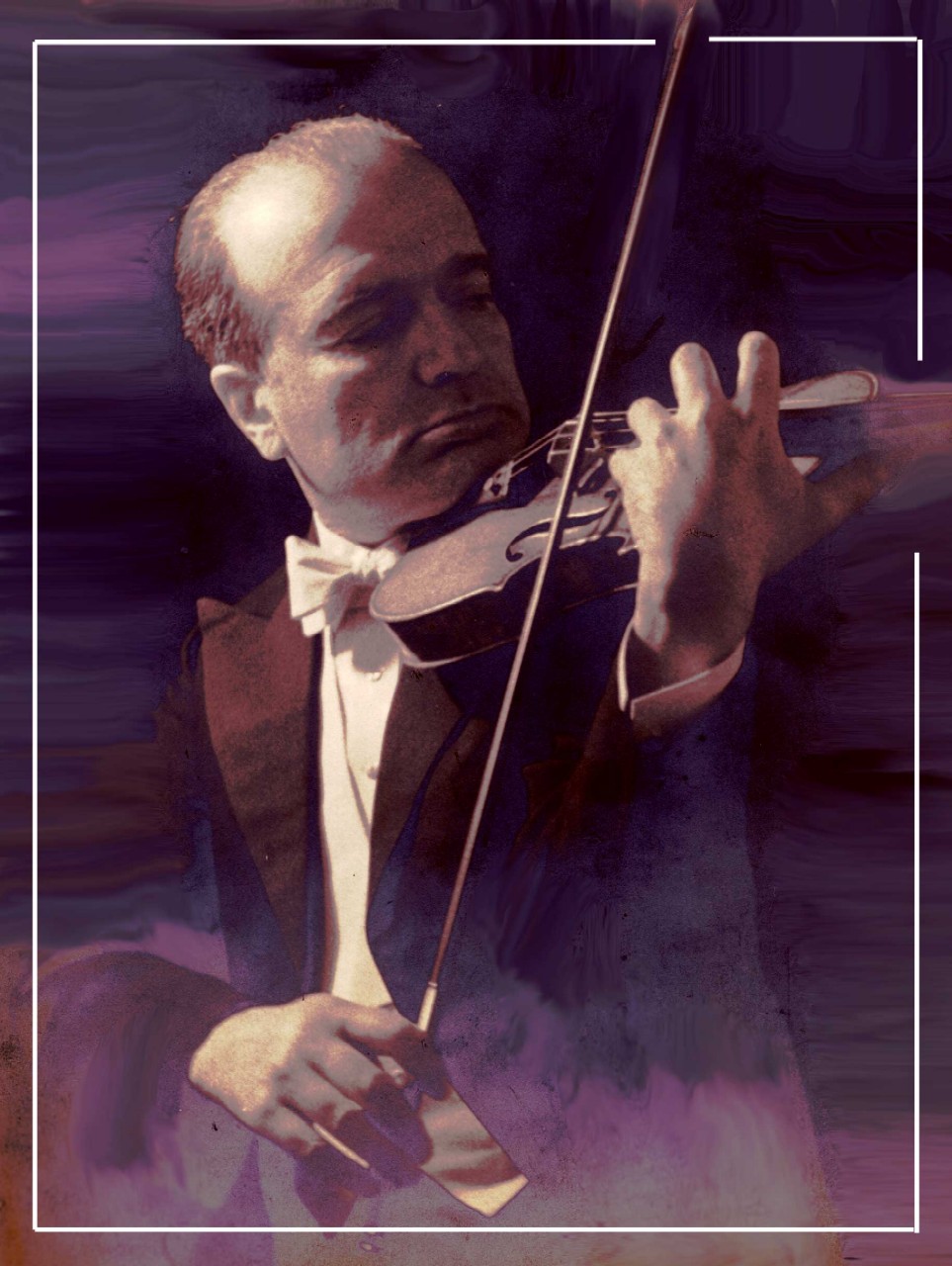
|
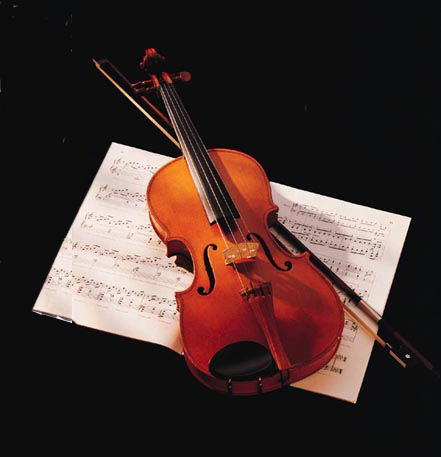
In 1937, he was invited by Huberman to join the Israeli Orchestra, as the lead violinist, as well as guest soloist or conductor.
When Kaminski immigrated to Israel, the Polish press wrote that they regretted that the brilliant musician, Josef Kaminiski, the head violinist of the Polish Radio, and head of the Zidovski Quartet, was leaving due to anti-Semitism, and rumors of an imminent war. These articles all described his departure as a great loss to Polish cultural life.
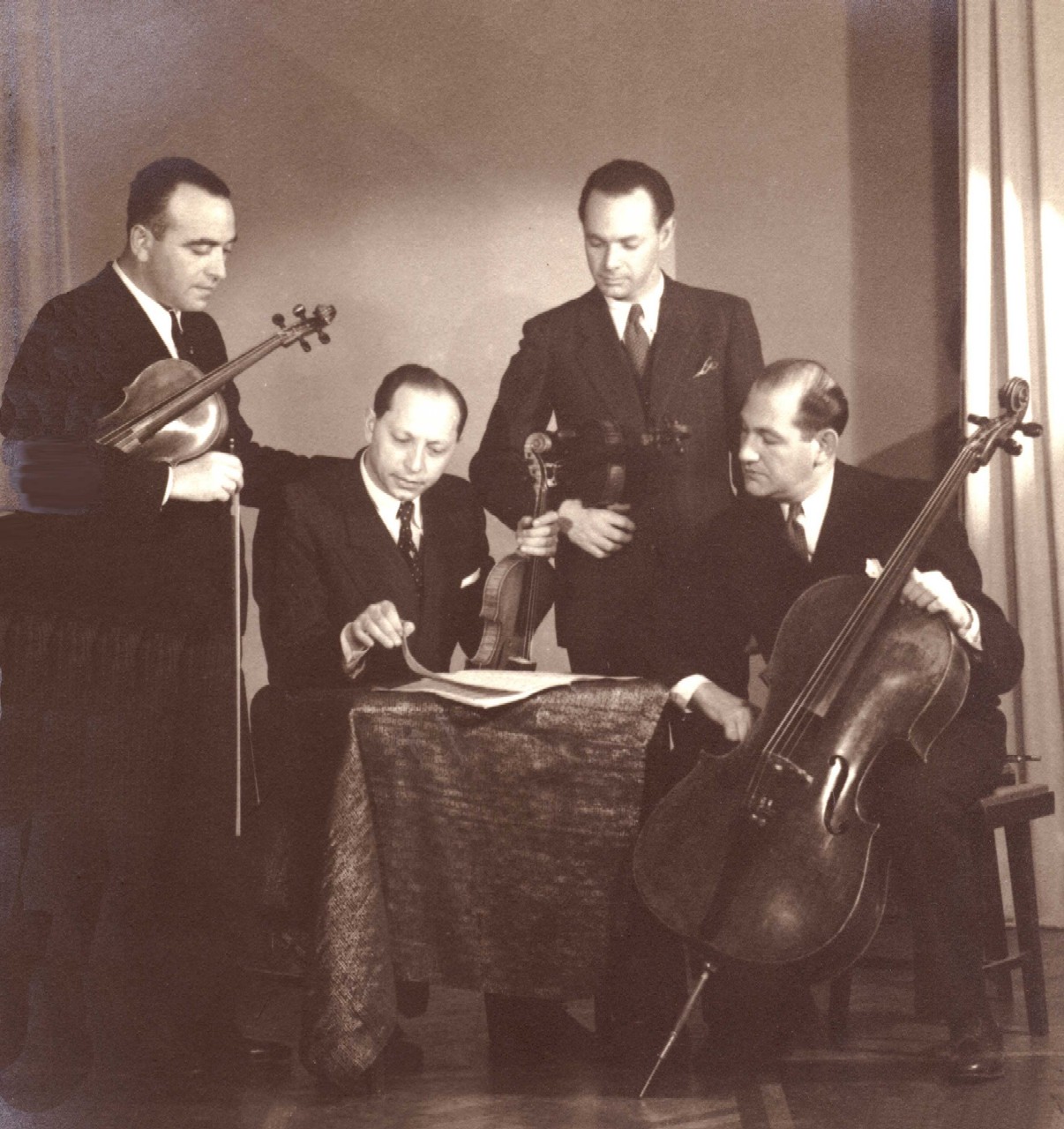
Chapter B 1937-1948
From Mandatory Rule to WW II
In 1937, after Kaminiski accepted Huberman's invitation, and immigrated to Israel with his family, he joined the Israel Philharmonic Orchestra as the head violinist, a position he maintained until his retirement in 1969.
In addition, he founded a quartet that regularly performed throughout the country. The posters advertising their performances were constantly seen on bulletin boards throughout the city. He founded numerous quartets, with preeminent musicians, and all were considered the finest quartets in the country. (The quartets he founded performed more than three hundred times during his lifetime).
Kaminiski had a special contract with Habima Theatre, and composed music for their plays, such as Tale of a Prince, and many more.
In 1939 he composed the piece Fable and Dance that was written for a string quartet, and was based primarily on Hasidic melodies.
In 1940, Kaminiski composed the Solo and Orchestra Concertino for Trumpet. This work is very unique and is regularly performed throughout the world. The Concertino was dedicated to the trumpet player Konigsberg, and premiered at the Philharmonic, where it was conducted by the composer 1947. In October Shostakovitz wrote that the piece was magnificent, lively, refreshing and perfectly executed.
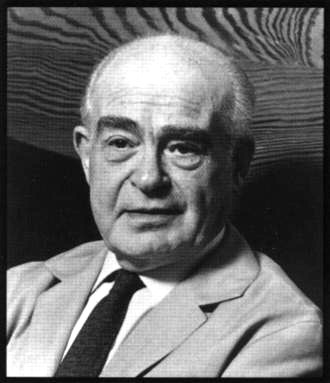
In 1942, Kaminski composed a piece named Aliyah (Immigration), which expressed the essence of the modern Jewish experience. Aliyah is based on the theme of Maoz Tzur, and is composed of six variations, each characterizing the immigration from a different country. Russia (Choral style), Poland (Mazurka), Hungary (Rhapsody), Austria (Landleck dance rhythm) Bohemia (Dochka), Ashkenaz (Fugue). At the end of the six variations, a death march is played in memory of the Holocaust. But at the very end, a voice bursts forth (baritone soloist), singing the wonderful verses by Yehudah HaLevy Zion, will thou not ask the welfare of thine prisoners. This ending stirs a sense of hope and faith.
In 1943, Kaminski composed the Ballad for Harp and Orchestra, with the premiere performance played by Cherbas, and conducted by Louis Cohen. This piece was a great success in Europe and the United States.
In 1944, he composed the Comic Overture for a large orchestra. This piece was an expression of his personality. The name itself implies the laughter in life, laughter than sometimes borders on grief. This is a comic overture to a world that is torn and raging. Lyricism, humor and dynamic imagination all combine into an impressive whole. The premiere performance was conducted by Molineri.
1944 was also the year in which the Elegy for Cello and Piano was performed by Stuchevski and S. Zaks.
On the 30th of October, 1944, Kaminski conducted the Philharmonic Orchestra in a farewell concert to the Jewish Brigade, in the Western Egyptian desert, before they set off for battle. The concert was held outdoors, when a sandstorm suddenly materialized and blew away the scores, as well as making it difficult to play the wind instruments. But the orchestra continued to perform very successfully, although they were forced to select works that do not require wind instruments.
In 1945, Kaminski composed the String Quartet, and won the Engel Prize.
In 1946, he composed Agmumit (Gloom), dealing with the horror of the Holocaust.
Kaminski was awarded a great honor when he conducted the Philharmonic on a most significant occasion playing the national anthem, Hatikva, in the historic ceremony proclaiming the establishment of the State of Israel, an event held at the Meir Dizengof Museum that was located on Rothchild Boulevard in Tel Aviv. Since the orchestra was set up on the second floor, it was decided that an announcer would notify them at the end of the declaration and they would begin playing Hatikva. The announcer mistakenly climbed the stairs several times, and the orchestra immediately began playing Hatikva, so that the anthem was played several times.

LINKS:
Danny Kaye
Chapter C : 1948-1972 The State of Israel
On the 8 of January, 1947, the Comic Overture premiered, conducted by Bernardino Molinari. A quote from the concert program; "The Comic Overure expresses the humoristic aspects of the composer, whose works Concertino for Trumpet, Aliyah Variation, Ballad for Harp and String Quartet are among the finest and most successful musical creations by composers in our country".
From 1947 to 1949, during the War of independence, Kaminski composed the Concerto for Violin and Orchestra that won the Engel Prize in 1950, as well as critical acclaim, such as Yehudi Menuhin's statement that if he envied any of his colleagues, it was Kaminski, and that he did not believe he was capable of composing such an excellent piece. Rafael Kubelik wrote that this was a masterpiece, a wonderful piece of rare musical expression.
In 1956 Kaminski wrote the Prelude Capricio Fantastic for violin and piano
In 1958, the Philharmonic Orchestra performed the symphonic creation Israel Sketches during its tour of the United States and the Far East, and in 1962 received excellent reviews. The Philharmonic will perform this piece again during the current season
During 1959
During 1959, Kaminski composed several pieces:Triptych for piano and violin, Fantasia on Chopin's composition, and Comic Overture(Gay) for an Orchestra.
In 1960, he was asked by the PhilharmonicOrchestra to compose a work with an Israeli character for their performance in the United States. Kaminski composed the Symphonic Overture for a Large Orchestra, wich was a great success and won the Israel Pilharmonic Orchestra Prize.


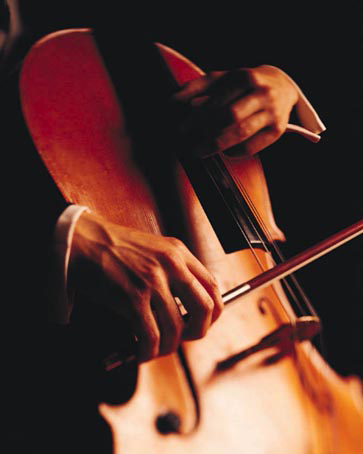
Compositions:
1. CONCERTO FOR VIOLIN AND ORCHESTRA (for which he has been awarded the Tel-Aviv Municipality "Angel" Prize).
2. SYMPHONIC OVERTURE for large Orchestra (for which he has been awarded the Israel Philharmonic Orchestra Prize).
3. CONCERTINO FOR TRUMPET & ORCHESTRA
4. STRING QUARTET, 1945 (for which he has been awarded the Tel-Aviv Municipality "Angel" Prize)
5. HAALIYAH - Variations & Epilogue for Bariton (1942)
6. BALLAD for Harp Solo & Small Orchestra
7. TRIPTYCH
8. ISRAEL SKETCHES (1958)
9. PHANTASY DE Frederick Chopin op. 43 (1959)
10. VARIATIONS ON AN ISRAELI THEME
11. A COMEDY OVERTURE (1946)
12. RECITATIVE & DANCE
13. CANZONA & DANCE for Harp Solo
14. PIECES for Harp & Orchestra
15. PRELUDE CAPRICCIO FANTASTICO for Violin and Pianoforte
16. LEGEND & DANCE for Viola, Violin 1 & 2
17. SONATE (SMALL) for Violin & Piano
18. SUITE for Piano a 2 hands (1944)
19. MALINCONIA (1946) 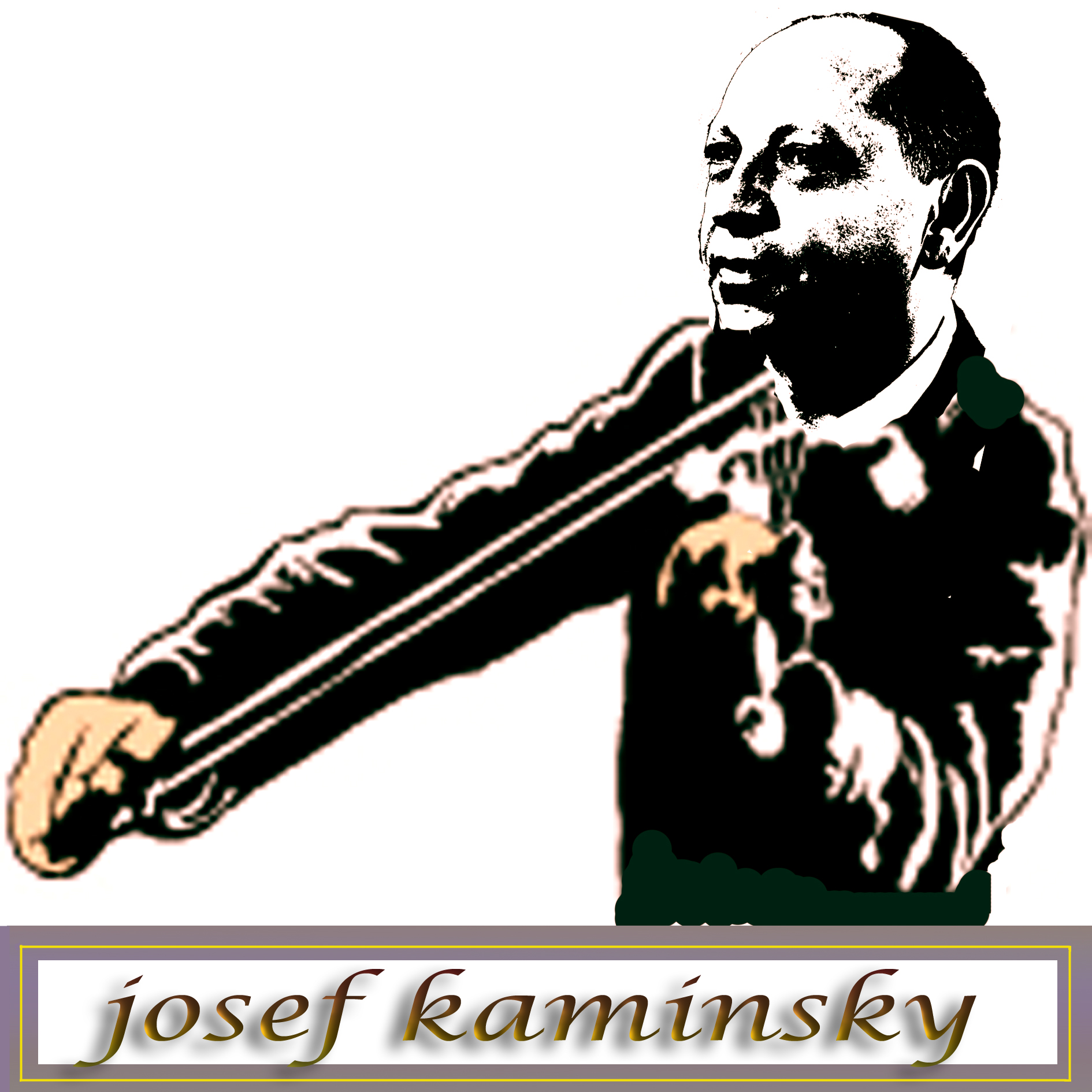
Small pieces
1. The spirit of the soul is for the Holy God (traditional)
2. The unknown soldier - for mezzo soprano (words: Alexander Kaminsky)
3. Variation for strings instruments
4. We thank the Holy God (traditional) Kaminsky & Sobol
5. From the depths I am calling to Holy God
6. Chassidic songs
7. Raisins & Almonds. Kaminsky & Goldfaden & Levinson
8. Sabbath prayers of holiness (Kaminsky & Yulius Oscar)
9. Marcus's song (Kaminsky & Goldfaden & Levinson)
10. The Wedding
11. A Dance
12. The Bride's song - Die Kalle (words I. L. Peretz )
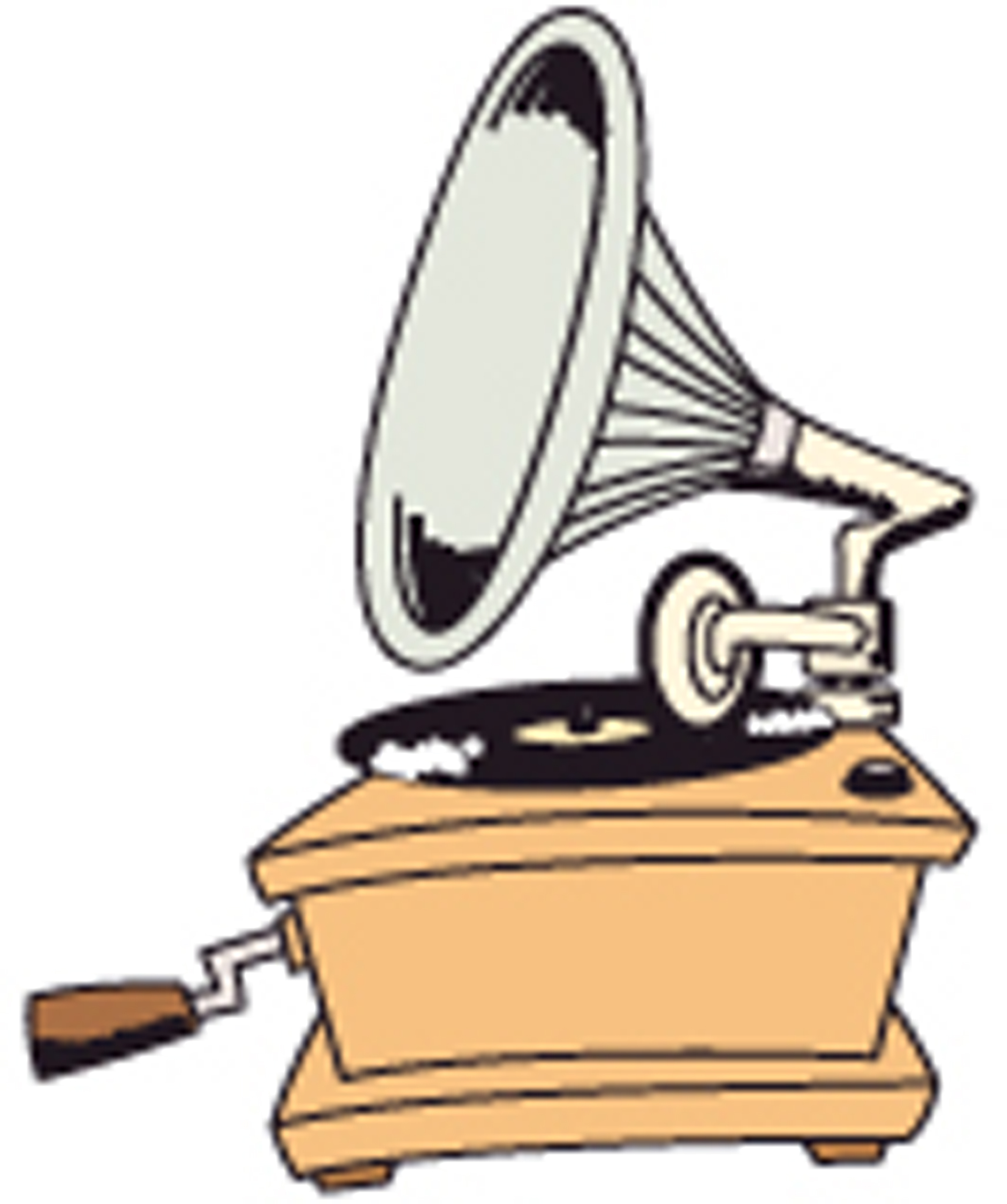
.
Study scores of orchestral works and chamber music printed (you may find them in the music shops).
1. Concerto for violin & orchestra (piano reduction)
2. Concertino for trumpet & orchestra (partiture)
3. Concertino for trumpet & orchestra (reduction for trumpet & piano)
4. String Quartet
5. Recitative and Dance - for violin and piano
6. Suite for piano
7. Triptych - piano solo
8. The unknown Soldier - (Josef & Alexander Kaminsky) - Album of Songs by Israel composers for voice & piano I.S.C.A.P. 
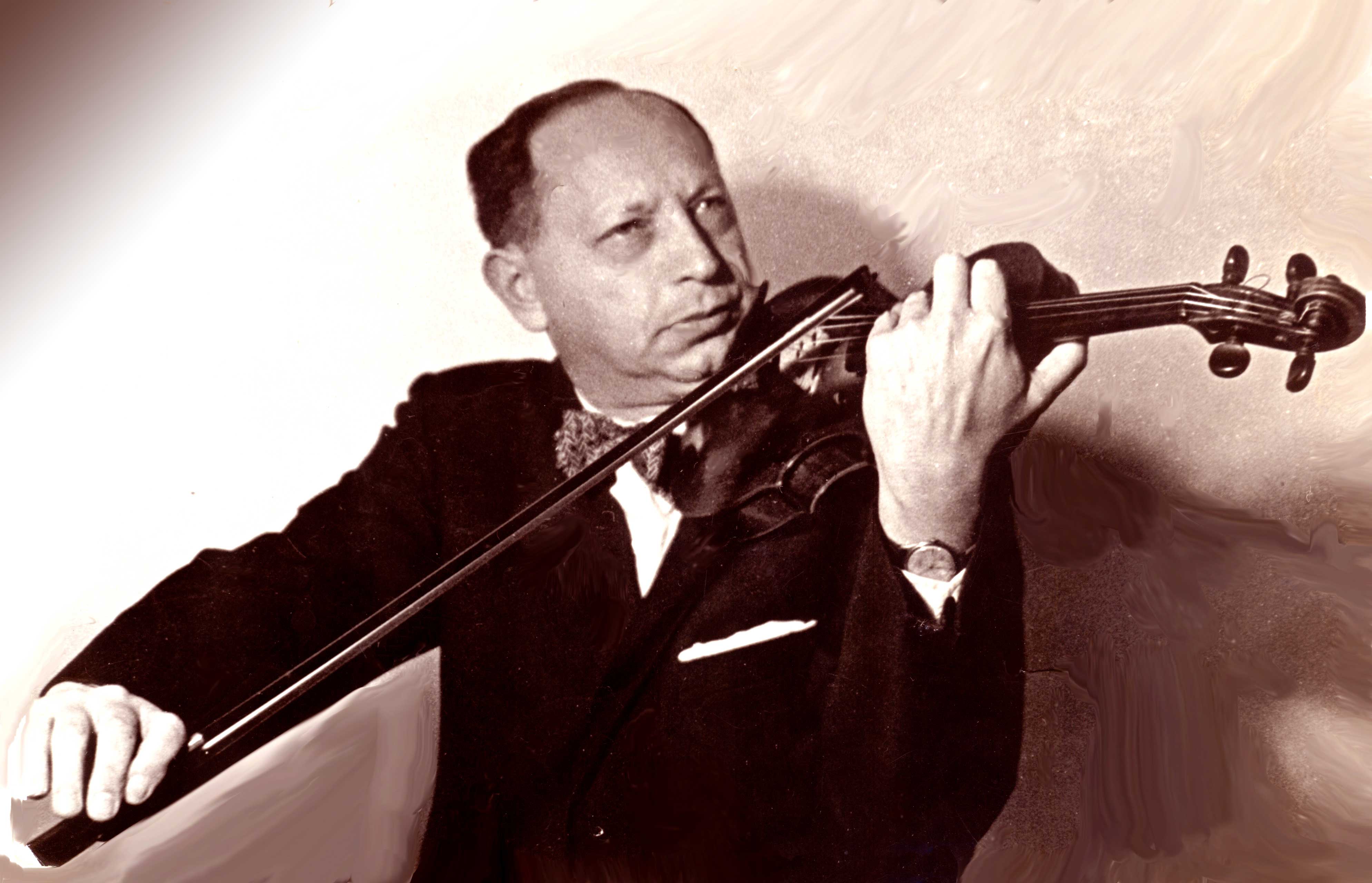
Prizes Won by Kaminski
In 1934,Kaminski won the prestigious Pilsudzki Prize. The prize was awarded to the Warsaw Quartet that he founded and led, crowning it as the finest ensemble in Poland.
In 1945, Kaminski won the Engel Prize awarded by the Municipality of Tel Aviv for the String Quartet.
In 1950, Kaminski won the Engel Prize awarded by the Municipality of Tel Aviv for his Concert for Violin &Orchestra. In 1960, Kaminski won the Israel Philharmonic Orchestra Prize for the composition Symphonic Overture for a large Orchestra, that was awarded by the conductor Carlo MariaGiuliani.
The Kaminski - Quartet

.
Josef Kaminsky - The conductor
....

Josef Kaminsky in WWII (1944/45) conducted a concert for the Jewish Brigade in the Western Desert (Egypt) where thousands of Jewish soldiers heard the orchestra of their Homeland.
Letters & Reviews
Copy of letter by Yehudi Menuhin to Josef Kaminsky:
Dear Colleague, Mr. Kaminsky.
I am so happy to have heard your Violin Concerto. It is a most brilliant and interesting work, full of invention, fascinating effects of orchestration, local colour and, last but not least, so beautifully performed by the composer.
You are, in fact, perhaps the only one of my colleagues I am jealous of - I have not yet performed, nor likely ever shall perform, my own violin concerto!
With admiration,
(Signed) YEHUDI MENUHIN


Yehudi Menuhin
Leonard Bernstein
"I liked Josef Kaminsky's ''Legend & Dance for Strings" with its vivid contrasts of sacred and secular rhythms ".
New York World-Telegram and Sun, March 20, 1951

Paul Kletzki January 1, 1954
During my last visit to Israel I got the opportunity to read the score of Josef Kaminsky's Violin Concerto and listen to a tape-recording from a performance, played by the composer with the Israel Philharmonic Orchestra
This concerto is from my point of view one of the most outstanding pieces of music in the country. The musical language impressed me strongly; The composition is masterly built, the violin part is a real task and the orchestral scoring is brilliant
With kindest regards,
Yours sincerely,
Paul Kletzki
| Paul Kletzki |

|
D. SHOSTAKOVITCH 8.10.1947.
Dear Colleague J.Kaminski
I heard your Concertino for Trumpet and Orchestra in Pragu, and liked it very much. It is full of freshness and directness. It is exellently orchestratedand sounds wonderful.
We in the U.S.S.R.,have a number of vary good trumpters.There is no dout that your Concertino will interest them.Please sent the music to us, and I believe that it can be performed here.
(Sgd.) D. SHOSTAKOVITCH.
RAFHAEL KUBELIK 1953
My dear Mr. Kaminski
Your Concerto for Violin & Orchestra is a masterpiece! It is as if we would hear a great "Epos" inapired by the soul of the Violin! In the
broad lines of deep conception as well as in little details you achieved a wonderful work of rare musical expression. It will sound beautifully because it is written with the warm heart of a violinist and master-pen
of a sensitive orchestrator.
Iwish the great violinists of our days would know this concerto very soon and play it very often.
With greetings
Affectionately
(Sgd) RAFAEL KUBELIK
Josef Kaminsky - the soloist
|

